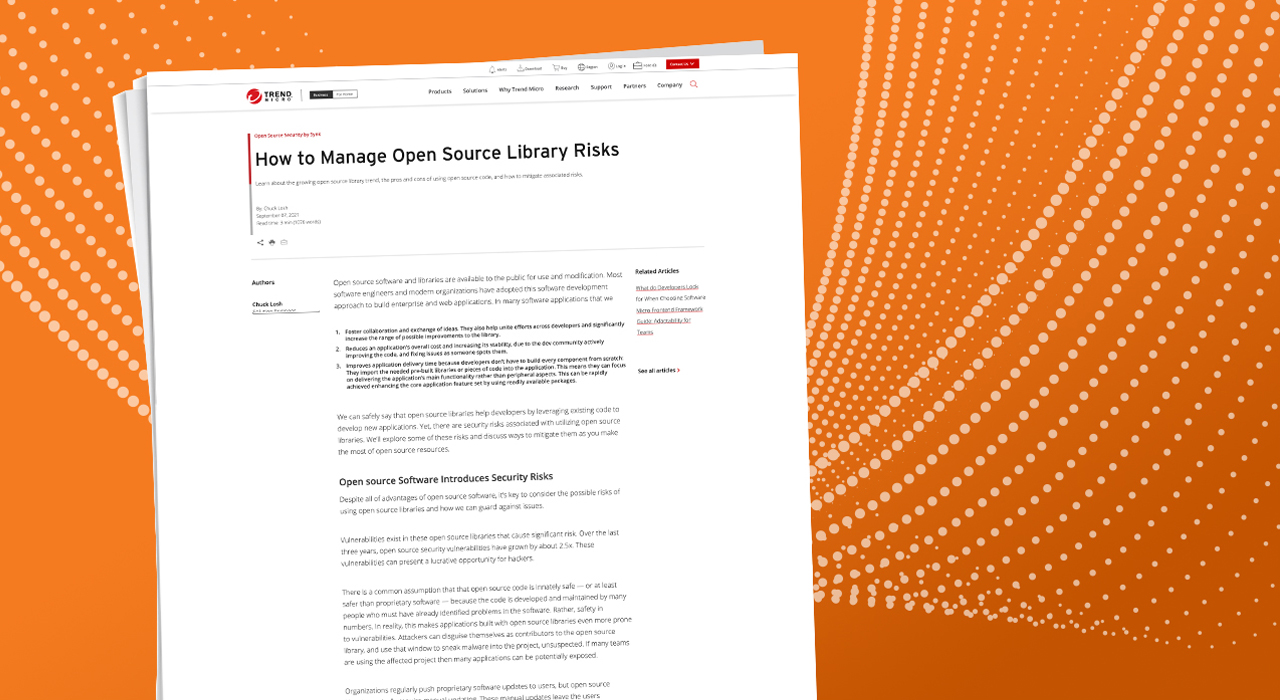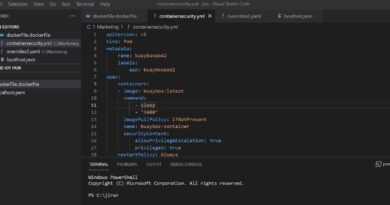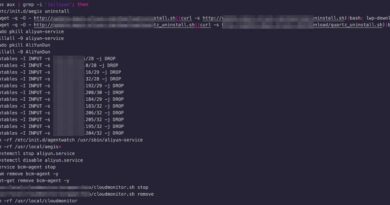Manage Open Source Software Library Risks Solution Engineer


Open source software and libraries are available to the public for use and modification. Most software engineers and modern organizations have adopted this software development approach to build enterprise and web applications. In many software applications that we use today, as much as 80%of the code is open source.
Why are open source libraries so popular?
- Foster collaboration and exchange of ideas. They also help unite efforts across developers and significantly increase the range of possible improvements to the library.
- Reduces an application’s overall cost and increasing its stability, due to the dev community actively improving the code, and fixing issues as someone spots them.
- Improves application delivery time because developers don’t have to build every component from scratch: They import the needed pre-built libraries or pieces of code into the application. This means they can focus on delivering the application’s main functionality rather than peripheral aspects. This can be rapidly achieved enhancing the core application feature set by using readily available packages.
We can safely say that open source libraries help developers by leveraging existing code to develop new applications. Yet, there are security risks associated with utilizing open source libraries. We’ll explore some of these risks and discuss ways to mitigate them as you make the most of open source resources.
Open source Software Introduces Security Risks
Despite all of advantages of open source software, it’s key to consider the possible risks of using open source libraries and how we can guard against issues.
Vulnerabilities exist in these open source libraries that cause significant risk. Over the last three years, open source security vulnerabilities have grown by about 2.5x. These vulnerabilities can present a lucrative opportunity for hackers.
There is a common assumption that that open source code is innately safe — or at least safer than proprietary software — because the code is developed and maintained by many people who must have already identified problems in the software. Rather, safety in numbers. In reality, this makes applications built with open source libraries even more prone to vulnerabilities. Attackers can disguise themselves as contributors to the open source library, and use that window to sneak malware into the project, unsuspected. If many teams are using the affected project then many applications can be potentially exposed.
Organizations regularly push proprietary software updates to users, but open source libraries typically require manual updating. These manual updates leave the users responsible for tracking and applying new updates and patches as developers churn them out.
Manual updates may not be much of an issue when you have just one or two open source components embedded in your application. However, there are typically many open source components in the project to track, which can be overwhelming, and developers can inevitably miss updates, leaving the portions of the application vulnerable. Also, many organizations lack a dedicated person or team responsible for overseeing security and code quality, leaving loopholes for attackers to exploit.
Many open source projects have other open source dependencies, which may also have their very own dependencies in a chain. This chain of dependencies may introduce new vulnerabilities that developers are not accustomed to, especially if they do not thoroughly verify or properly manage versions.
Common open source vulnerabilities include Heartbleed, Shellshock, DROWN, npm left-pad, and more. In some cases, hackers can exploit vulnerabilities, and in other cases, the library is no longer available.
Mitigating Security Risks
Open source software isn’t going away anytime soon, so the ideal way to bridge the gap between DevOps and SecOps teams, and make their jobs more manageable, is to automate finding security vulnerabilities in open source software. Good security software automatically monitors risks across all applications and provides expert remediation advice, so SecOps teams can gain early insight to mitigate potential risks before they’re exploited by bad actors.
Trend Micro Cloud One™ – Open Source Security by Snyk is the first-ever purpose-built solution for SecOps teams. This security tool removes the burden of error-prone manual security monitoring by automatically finding, prioritizing, and reporting vulnerabilities and risks in open source dependencies embedded in software applications.
Continuous Monitoring
You can integrate Trend Micro Cloud One – Open Source Security by Snyk directly into your continuous integration and continuous delivery (CI/CD) pipeline or a source control repository, like GitHub or Bitbucket, to track changes and monitor the application. This integration makes it easy to automatically detect vulnerable components early in the development cycle to prevent such vulnerabilities from ever reaching the production environment.
Trend Micro Cloud One – Open Source Security by Snyk also provides valuable guidance on what updates and changes you need to mitigate these risks. You gain a clearer view of the chain of dependencies, such that you can see not just vulnerable components you use directly, but also hidden vulnerable dependencies. The image below shows a software’s dependency tree and vulnerable libraries are color-coded according to risk severity.
Read More HERE



